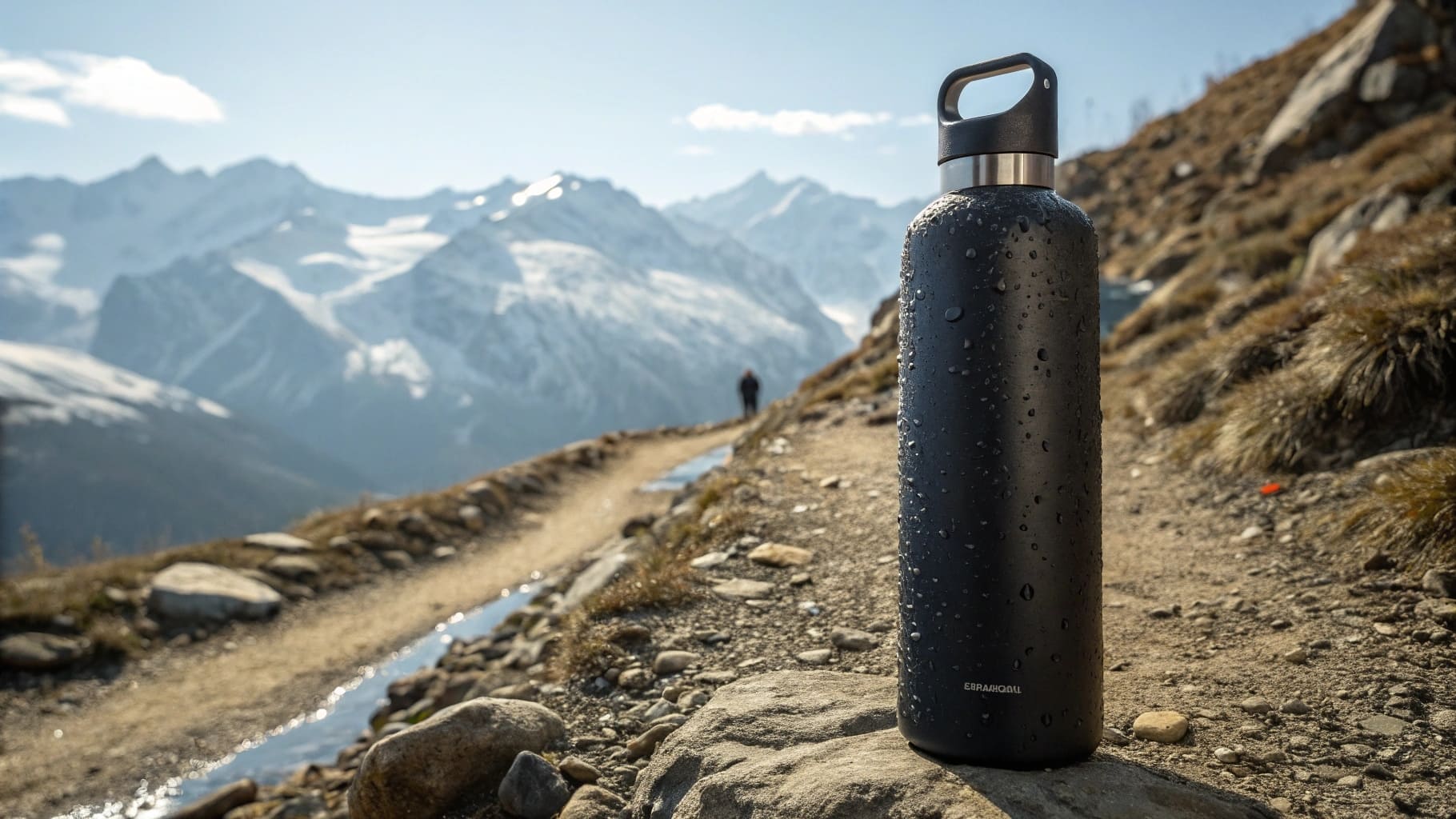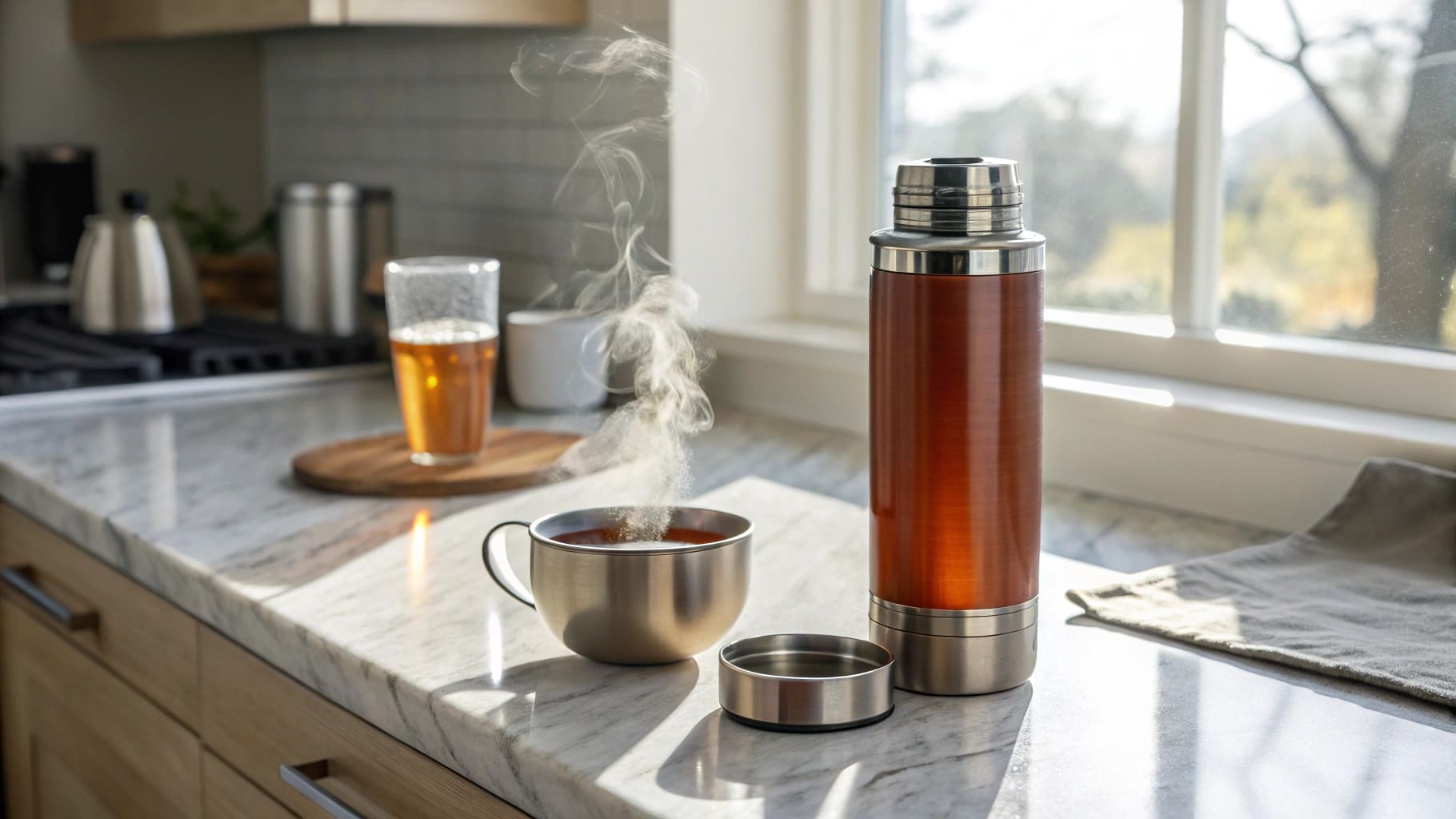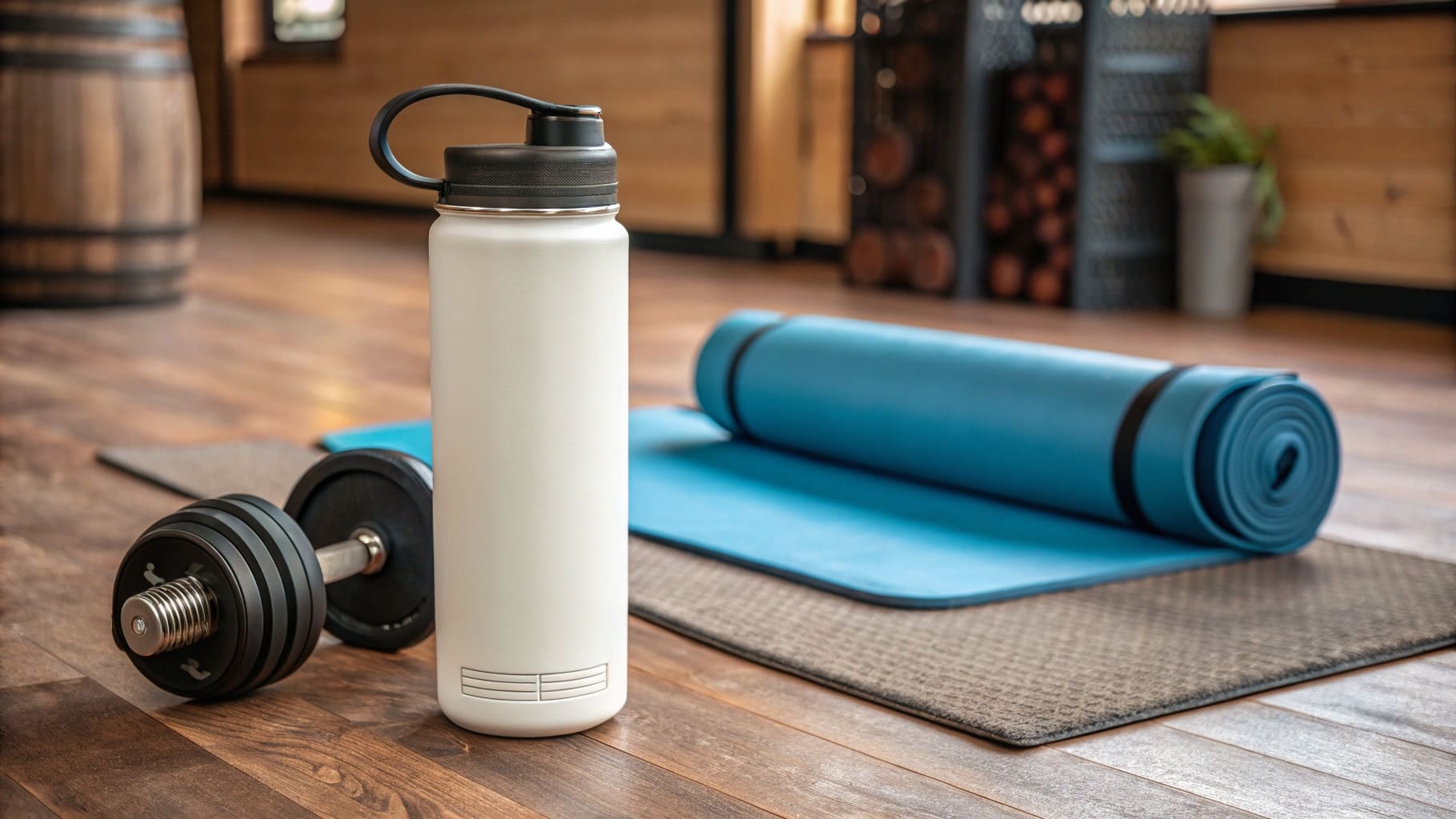Struggling with bottle designs that miss the mark? You need designs that sell. I'll show you how to create vacuum insulated water bottles that impress B2B clients.
The key to designing a successful vacuum insulated water bottle, especially for B2B, lies in a deep understanding of market needs, material science, manufacturing realities, and branding potential. It's about balancing aesthetics with functionality and cost-effectiveness to deliver a product that truly resonates with your client's target audience.

To truly excel in this market, it's not just about a good-looking bottle. It's about a strategically designed product that considers every stage, from the end-user's first sip to the logistics of landing it in your B2B client's warehouse. Let's explore what this means in practice.
How Do I Design a Water Bottle That Captivates B2B Buyers?
Want designs that secure orders? Generic bottles don't cut it. I help businesses like yours create water bottles that B2B clients, like Mark Shenng, actively seek.
A winning water bottle design starts with your B2B client's target consumer and brand. Consider if it's for rugged outdoor use, a sleek office desk, or daily hydration. This initial focus guides everything from material selection to feature integration, ensuring the final product is perfectly positioned for market success.

Let's dive deeper into the design process. I always tell my clients, like Mark who values quality and competitive pricing, that the initial design phase is where we lay the groundwork for a product that not only looks good but also performs exceptionally and can be manufactured efficiently.
Understanding Core Material and Insulation Choices
When I start designing a vacuum insulated water bottle, the first thing I discuss with clients is the material. For the inner and outer walls, 304 (18/8) food-grade stainless steel1 is our go-to. It's a fantastic balance. It's tough. It resists rust. And it doesn't break the bank. This is usually perfect for most markets, including America and Europe. However, if a client, perhaps like Mark, is targeting a niche that might involve more corrosive liquids, like sports drinks, then we might discuss 316 stainless steel. It offers even better corrosion resistance, but it does cost a bit more.
The "vacuum insulated" part is, of course, the star of the show. We create a space between the two steel walls. Then, we suck all the air out. This vacuum is what stops heat from transferring. So, cold drinks stay cold, and hot drinks stay hot. The design must make sure this vacuum is solid and lasts the lifetime of the bottle. This means our manufacturing, especially the welding and sealing, has to be top-notch. As a B2B supplier, Icobottle ensures these processes are rigorously controlled because we know our clients depend on this quality.
Lid Functionality and Ergonomics
The lid is a surprisingly big deal. It’s where a lot of innovation happens and where you can really meet diverse user needs. For procurement officers or startup bosses looking to differentiate, the lid is a key area. I’ve worked on designs for leak-proof screw-on lids – essential for someone tossing a bottle in a bag. We've done easy-sip spout lids for athletes. And integrated straw lids for pure convenience. The materials for the lid also matter. We use BPA-free polypropylene or Tritan. Sometimes we add stainless steel accents for a more premium feel. Safety and quality here are non-negotiable.
Then there's the bottle's shape and how it feels to hold. Will it fit in a car cup holder? Most people in America expect this. Will it slide into a backpack pocket? We think about these things. The capacity is also a choice. Offering a few popular sizes, say 18oz, 24oz, and 32oz, helps reach more people. The mouth opening is another detail. A wide mouth is easier for adding ice cubes and for cleaning. A narrow mouth can be better for drinking when you're moving. Each decision here affects how complex the manufacturing tools are, and that, of course, affects the final price per unit – something Mark is always keen to optimize.
How Do You Draw a Realistic Water Bottle for Manufacturing and Marketing?
Are your bottle visuals failing to impress? Lifeless drawings don't convey quality. I ensure your B2B presentations truly reflect the high-standard product you're offering.
Creating "realistic" water bottle visuals for B2B means precise technical drawings and compelling 3D models. These are vital for accurate manufacturing and for showing B2B clients, like Mark, exactly what they will receive, including all finishes and branding details before production.

When I talk about "drawing" a bottle, I'm not just talking about a pretty picture. For B2B, this process is critical for both manufacturing precision and for marketing to clients like Mark who need to visualize the final product for their own distribution channels in Canada.
From 2D Schematics to 3D Renderings
The journey from concept to a physical sample always starts with detailed 2D technical drawings. These aren't just sketches. They are blueprints. They show every dimension, every curve, and specify all the materials and the acceptable tolerances. If the drawing says the diameter is 70mm, the factory needs to know if 70.5mm is okay, or if it has to be exact. These details are crucial for quality control, a key focus for Mark. Without these precise drawings, you can't get consistent production.
Next, we move to 3D CAD (Computer-Aided Design) models. These are powerful. With a 3D model, we can do so much before we even make a physical prototype. We can rotate the bottle, look at it from every angle, and even run simulations to test its strength. For the vacuum insulation, the integrity of the structure is key, and CAD helps us refine this. These 3D models are also the foundation for creating photorealistic renderings. I’ve found these renderings to be incredibly valuable for my clients. They can use them in their marketing materials to show their customers, or even pre-sell the bottles before the first shipment arrives. This is especially useful for startup bosses who need to generate interest and cash flow quickly.
Showcasing Finishes and Branding
The realism of these renderings must extend to the surface finishes and branding. If the bottle is going to have a powder coating, the rendering needs to show that texture. If it's a sleek spray paint finish in a specific Pantone color, that exact color needs to be represented. We also show how logos will look, whether they are laser engraved, screen printed, or applied in another way. Mark, for instance, rebrands products for the Canadian market, so seeing how his brand will appear on the bottle is essential for him. He's quality-sensitive, and that extends to the visual representation of his brand on the product. Accurate renderings help avoid misunderstandings and ensure that what the client approves is what they get. This builds trust, which is the foundation of any good B2B relationship. I always make sure my team at Icobottle provides these detailed visuals because it streamlines the approval process and makes communication much more efficient, addressing one of Mark’s pain points about inefficient communication.
Can You Patent a Bottle Design to Protect Your Innovation?
Worried competitors will copy your unique bottle? Unprotected designs are vulnerable. I can guide you on how patenting can secure your market advantage.
Yes, you absolutely can patent a unique bottle design. A design patent protects its ornamental look, while a utility patent can cover new functional features. This is a smart move for B2B clients wanting to offer an exclusive product and prevent imitation.

In a competitive market, protecting your unique designs is a smart move. For B2B clients who are looking to launch something distinctive, like Mark who is always searching for an edge, understanding patent protection can be a game-changer. It’s an investment that can safeguard their market position.
Understanding Design vs. Utility Patents
When we talk about patents for water bottles, there are generally two types that are most relevant. The first is a design patent. This type of patent protects the way a product looks – its unique shape, its surface ornamentation, or any distinctive visual features. So, if you've come up with a really cool, original bottle shape that stands out, a design patent can stop others from making, using, or selling a bottle that looks substantially the same. For many of my clients, particularly those who are building a strong brand identity, this is very important. They want their product to be instantly recognizable.
The second type is a utility patent. This protects how a product works or its functional aspects. For a vacuum insulated water bottle, this could be a new type of lid mechanism that's easier to use or more leak-proof. It could be an innovative way to enhance the insulation performance. Or perhaps a new manufacturing process that improves the bottle’s durability. If your design includes a truly novel and non-obvious functional improvement, a utility patent offers strong protection. This is often more complex and expensive to obtain than a design patent, but it can provide a very significant competitive advantage.
The Strategic Value of Patenting in B2B
For B2B buyers like Mark, who purchase from suppliers in developing countries like China and then rebrand for markets like Canada, having a patented or patentable design can be a major selling point. It means they can offer something unique that their competitors can't easily copy. This can justify a premium price and help build a stronger brand.
However, it's crucial to do your homework. Before applying for a patent, we always advise conducting a thorough search to ensure the design is genuinely new and doesn't infringe on any existing patents. This is often called a "freedom to operate" search. It’s better to know upfront if there are potential issues. Also, remember that patents are territorial. If you get a patent in China, it doesn't automatically protect you in the USA or Europe. You need to file for protection in each specific market where you plan to sell. While there's a cost and effort involved in patenting, for clients looking to secure their innovation and build long-term value, it's a strategic investment I often recommend discussing. It helps avoid the pain point Mark sometimes faces with suppliers, ensuring that what he's investing in is truly his to market.
Conclusion
Designing impactful vacuum insulated water bottles for B2B requires strategic thinking about market needs, materials, visuals, and intellectual property. This approach creates products that truly deliver value.
-
Learn about the properties and applications of 304 stainless steel, crucial for quality water bottle design. ↩

